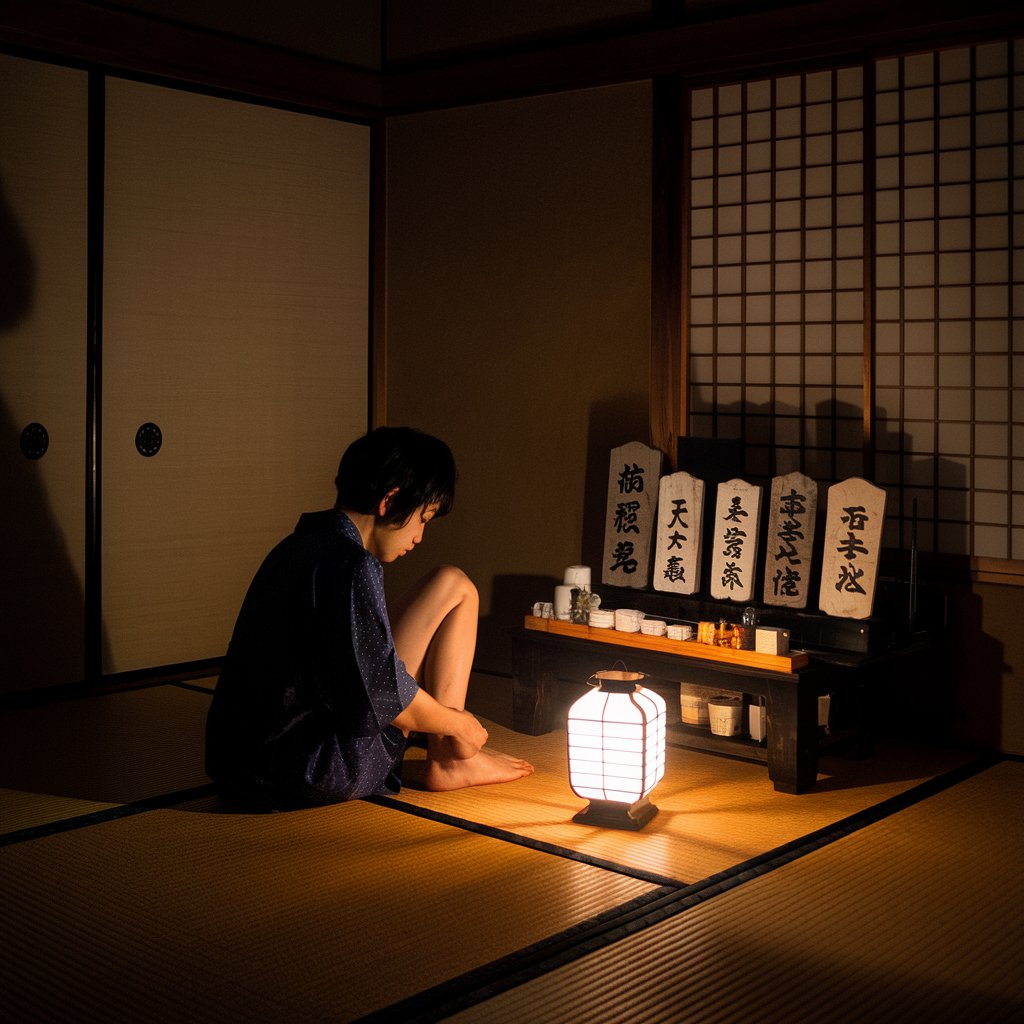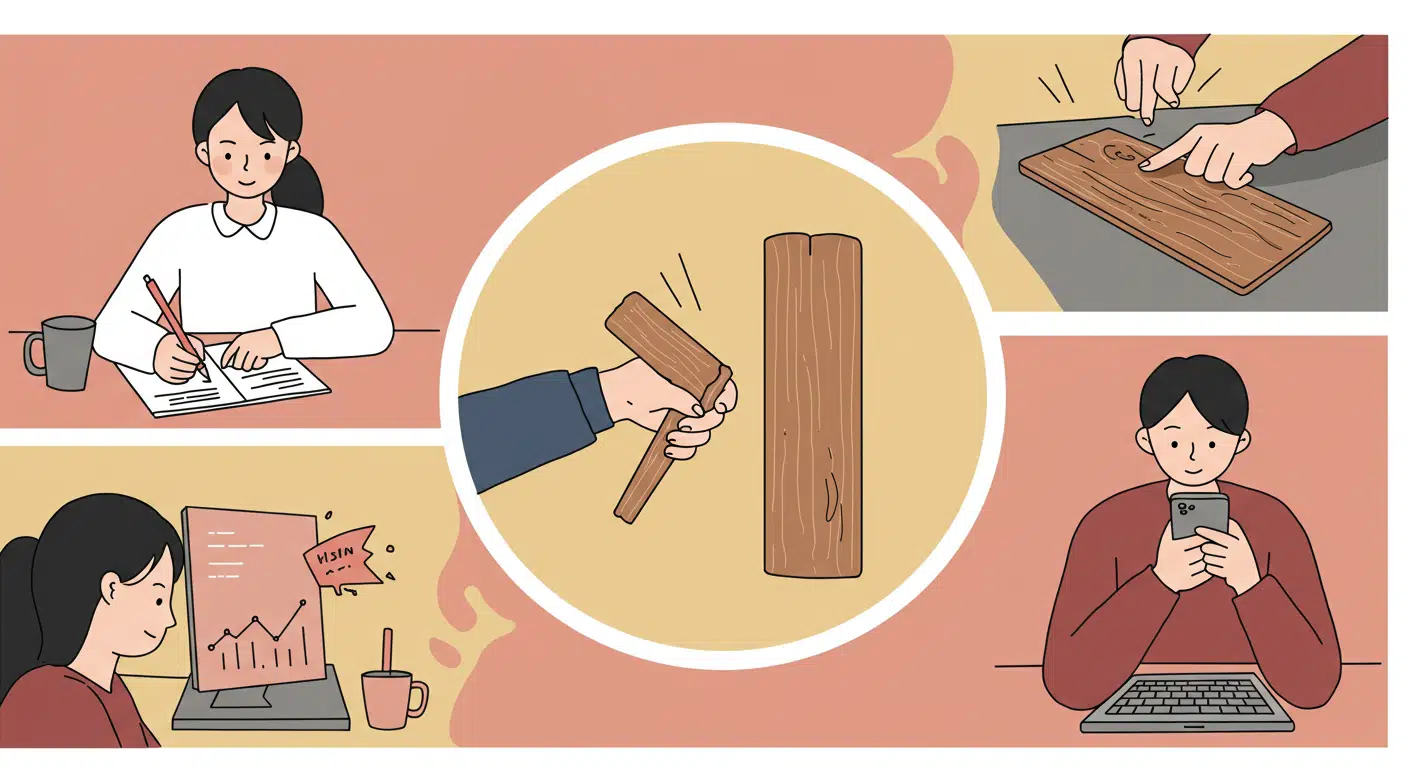Across Japanese, Korean, Indian, Turkish, and other Asian cultural traditions, cutting fingernails or toenails at night is widely believed to result in bad luck, illness, shortened lifespan, or the attraction of malevolent spiritual entities. The superstition operates through various mechanisms depending on the tradition: nail clippings scattered in the darkness might be collected by evil spirits for use in curses; the risk of nighttime injury while trimming is symbolically interpreted as a spiritual hazard; or the act is considered disrespectful to ancestral or household spirits who are believed to be more active at night. In some cultures, the prohibition becomes more severe depending on the day of the week, moon phase, or specific finger involved—especially the index finger, which carries particular symbolic weight.

A baby’s future career or fate is predicted by the first object they select during a ceremonial setup.
In several Asian and Eastern European cultures, a traditional ceremony is held for babies usually around their first birthday. Known


